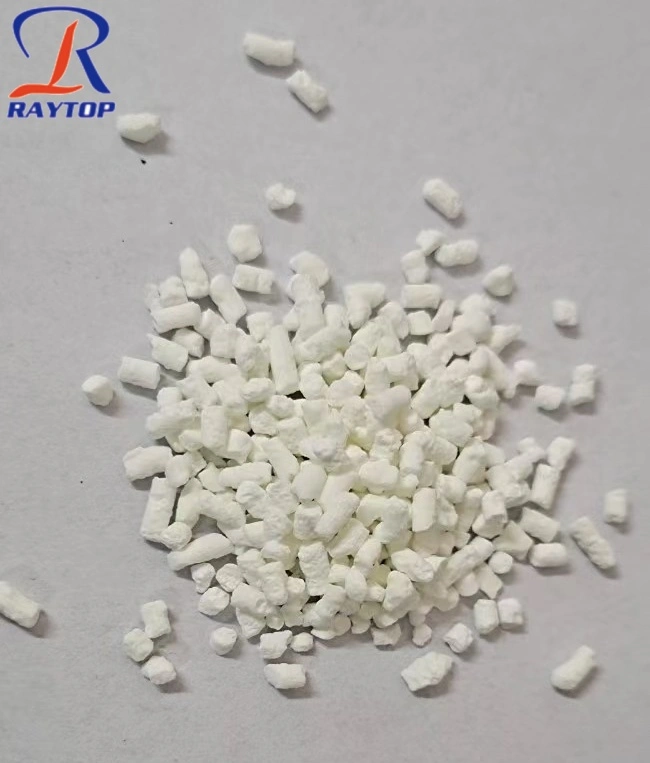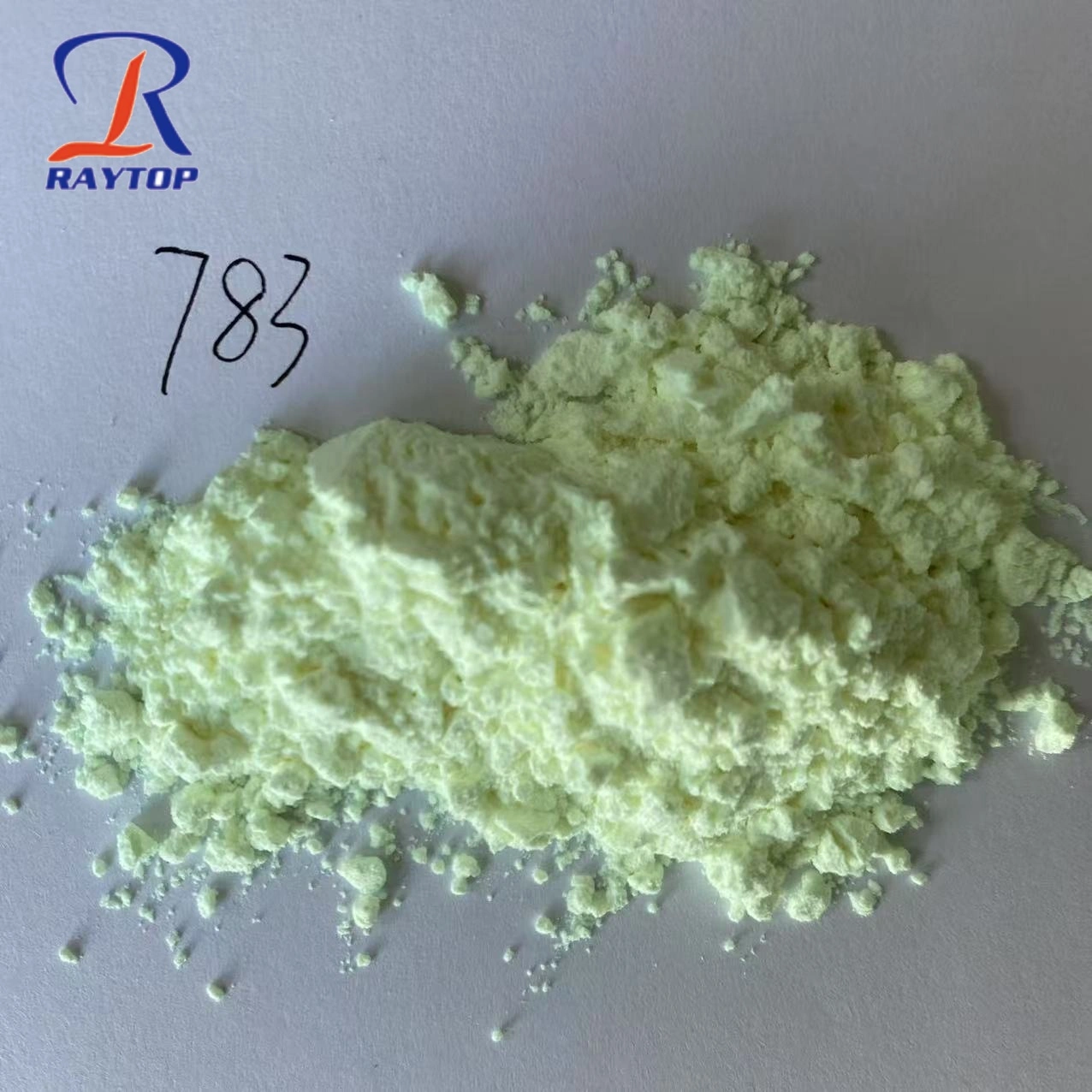Specifications and physical properties of optical brightener OB-1
Unit standard appearance bright yellow crystalline powder melting point ℃ 355.0-360.0; content% ≥ 89.0; volatile% ≤ 0.50; TGA: 0.2% (300 ℃) 2.2% (350 ℃) 19.4% (400 ℃); product characteristics and application ● OB-1 ● it is a high-component optical brightener ● OB-1 ● it can be used for various polymers, especially polyester, polyamide fiber, polycarbonate, propylene polymer, styrene homopolymer Copolymers include ABS, polyolefin and EVA. The main applications include polyester, polyamide, polypropylene fiber, injection molded products, films and sheets. Features - excellent thermal stability and whitening characteristics - low volatile, excellent color fastness, good compatibility with most polymers - good compatibility with most polymers, wide application range ● according to specific application fields. The application range of OB-1 is 0.005-0.1% - the standard dosage of polymer fiber is about 0.02% - the dosage of yellow products and recycled materials can rise to 0.035% of the product.
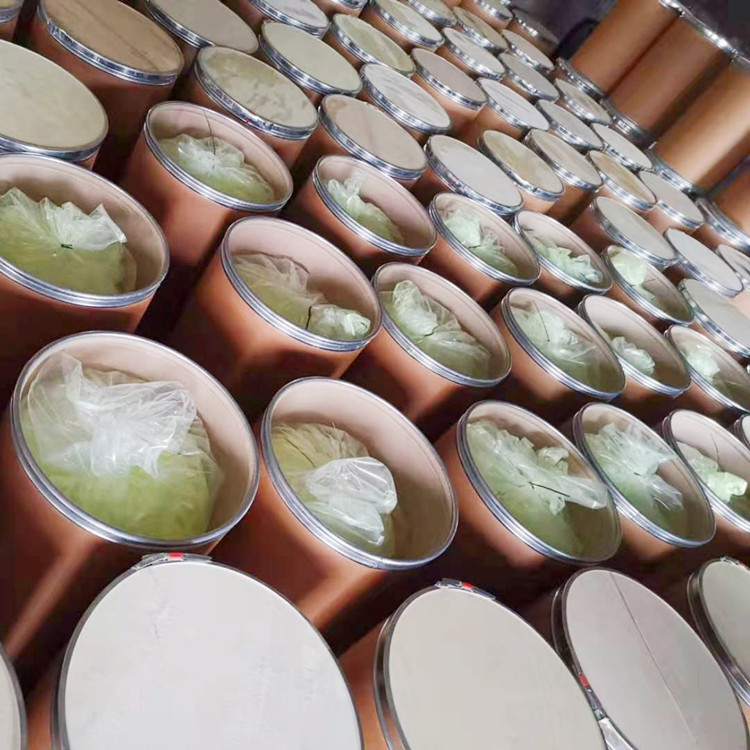
Introduction of optical brightener OB-1
CI:236
CAS:1533-45-5
Chemical name: stilbene dibenzoxazole
Molecular formula: c28h18n2o2
Molecular weight: 414.4547
Properties: bright yellow green crystalline powder, insoluble in water, odorless, stable performance, melting point 350 ℃ - 355 ℃, decomposition temperature above 450 ℃.
Technical conditions:
Color light: blue light or blue violet light
Maximum absorption spectral wavelength: 374nm, with strong fluorescence and emission wavelength of 434nm
Content: ≥ 98%
Fineness: ≥ 200 mesh
UV absorption: ≥ 2000
Volatile matter: ≤ 1%
Ash content: ≤ 1%
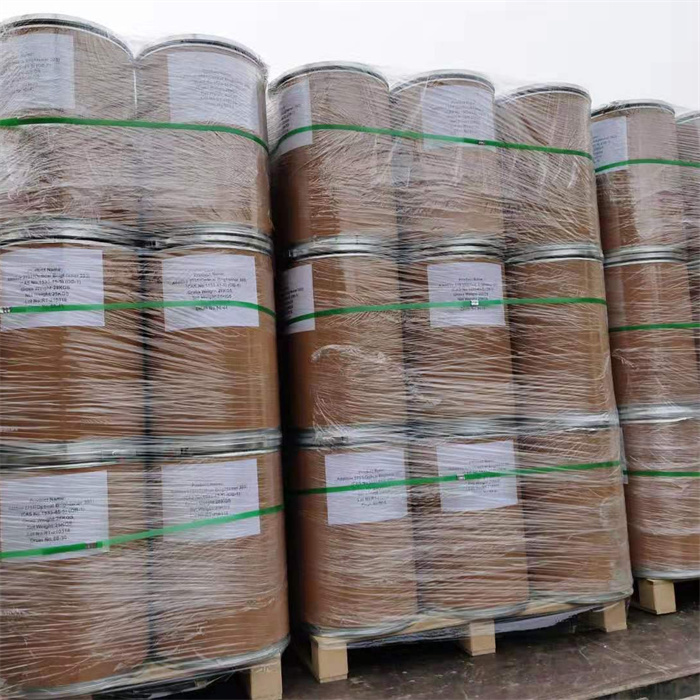
Application scope of optical brightener OB-1:
1. Optical brightener OB-1 is applicable to the whitening of polyester fiber, nylon fiber, polypropylene fiber and other chemical fibers.
2. It is suitable for whitening and brightening polypropylene plastics, hard PVC, ABS, EVA, polystyrene, polycarbonate, etc.
3. It is suitable for adding in the conventional polymerization of polyester and nylon.
4. It is especially suitable for whitening plastic products formed at high temperature.
Characteristics of optical brightener OB-1:
1. With high temperature resistance, it is the optical brightener for plastics with the widest scope of application and the largest sales so far. The public lover in the brightener is especially large in industries such as building materials, chemical fiber and polyester staple fiber.
2. Excessive use has poor weather resistance and easy precipitation, and the addition amount shall not exceed the peak value.
3. High fluorescence intensity, suitable for compounding with other models to produce synergistic effect.
Optical brightener OB-1 method dosage:
1. PVC and PP recycled materials are powerful whitening tools. The addition amount of profile is about 230g per ton, and the granulation of general recycled materials is about 500 to 700g.
2. The whitening and brightening of polypropylene plastics, rigid PVC, ABS, EVA, polystyrene and polycarbonate shall be determined according to the new and old raw materials.
3. The addition amount of color masterbatch is between 3kg and 10kg per ton.
The whitening agent OB-1 is equivalent to 0.01-0.05% of the weight of plastic or polyester particles, and can be fully mixed with materials before molding and processing of various plastic products or polyester fiber drawing.
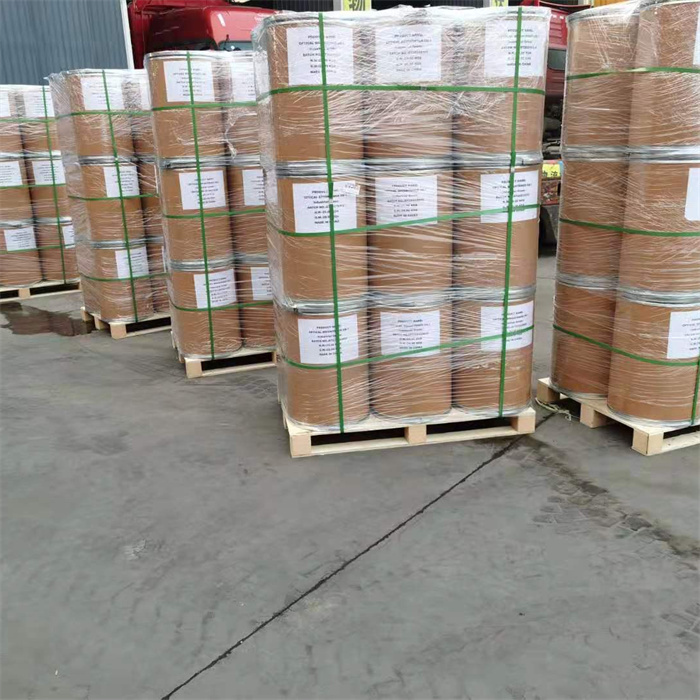
What are the advantages and disadvantages of optical brightener OB-1?
Optical brightener OB-1 not only has good whitening effect, but also is cheap. Why do some plastic factories use optical brightener OB-1, while others use optical brightener KCB and optical brightener ob? Let's briefly analyze the advantages and disadvantages of optical brightener OB-1. After reading it, you will know what plastics can use OB-1 and what plastics can only use optical brightener ob or optical brightener KCB. So you can know how to choose OB-1.
1. High temperature resistance is the biggest advantage of optical brightener OB-1
As we all know, the plastic industry is a very broad industry, with more than 300 kinds of plastics. There are many kinds of plastics with different characteristics. The manufacturing temperature of most plastics is high, and some even reach more than 300 degrees. At present, only optical brightener OB-1 can withstand the high temperature of 350 degrees. Facing the high temperature of more than 300 degrees, other brighteners can only sigh. The following are the temperature resistance limits of common plastic optical brighteners.
OB-1:350℃; KCB:215℃; KSN:275℃; 127:220℃。
2. Optical brightener OB-1 has high color intensity
Different optical brighteners have different color lights. Some optical brighteners emit blue light, some bright blue light, blue purple light, blue green light and so on. We all know that the whitening principle of optical brightener is the complementarity of color and light. Most raw materials in nature are yellow, and yellow light and blue light can be seen as white light by the naked eye. Therefore, the heavier the blue light, the better the whitening effect and the less the amount added. Optical brightener OB-1 is divided into green phase, which is called green phase, and another yellow phase, which is called yellow phase. The fluorescence emitted by green phase is blue, and the yellow phase is blue and purple. Therefore, generally, if there are no special requirements, zhe yuan suggests directly selecting green phase.
Although the green phase optical brightener OB-1 is not as strong as the blue light emitted by OB, KCB and other products, it also has quite good fluorescence intensity and good whitening effect. The following is the color light of common optical brighteners.
OB-1: blue light; KCB: blue light; KSN: red light; 127: red light.
3. The weather resistance of optical brightener OB-1 is inferior
The biggest disadvantage of optical brightener OB-1 is weather resistance. Under the same addition amount, temperature and humidity, optical brightener OB-1 has a large amount of migration and precipitation, and the product is more prone to yellowing and discoloration. If there are high requirements for the stability of the product, do not consider optical brightener OB-1. For example, KCB is used for shoe products and ob is used for ink. The following is the stability of common optical brighteners.
OB-1: poor; KCB: strong; KSN: strong; 127: poor.
To sum up, although optical brightener OB-1 is a good product in terms of temperature resistance, color light, dosage and whitening effect, in terms of stability and weather resistance, the use effect of end products is not ideal and easy to precipitate. Therefore, we should choose the appropriate optical brightener according to our own product characteristics
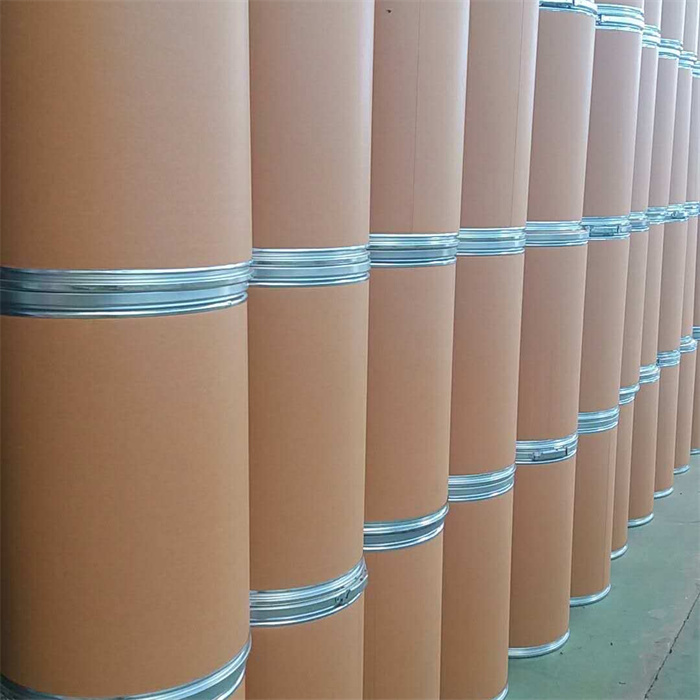
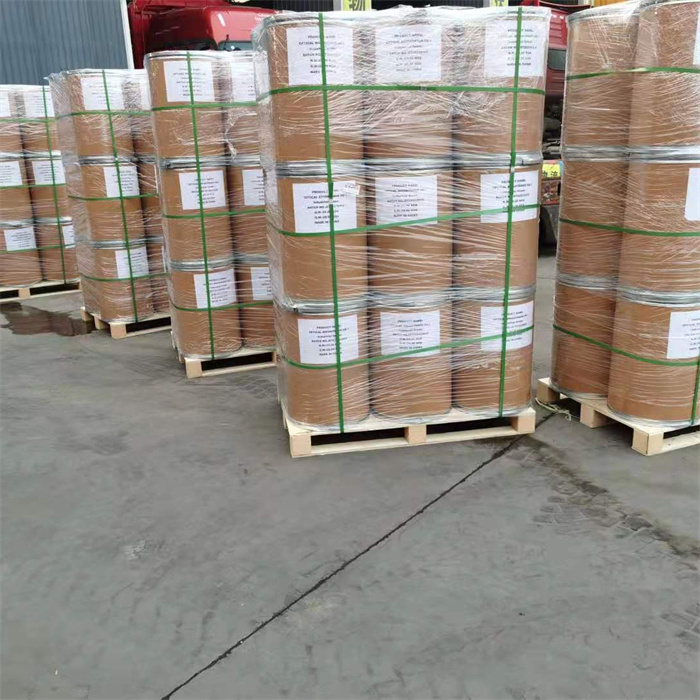
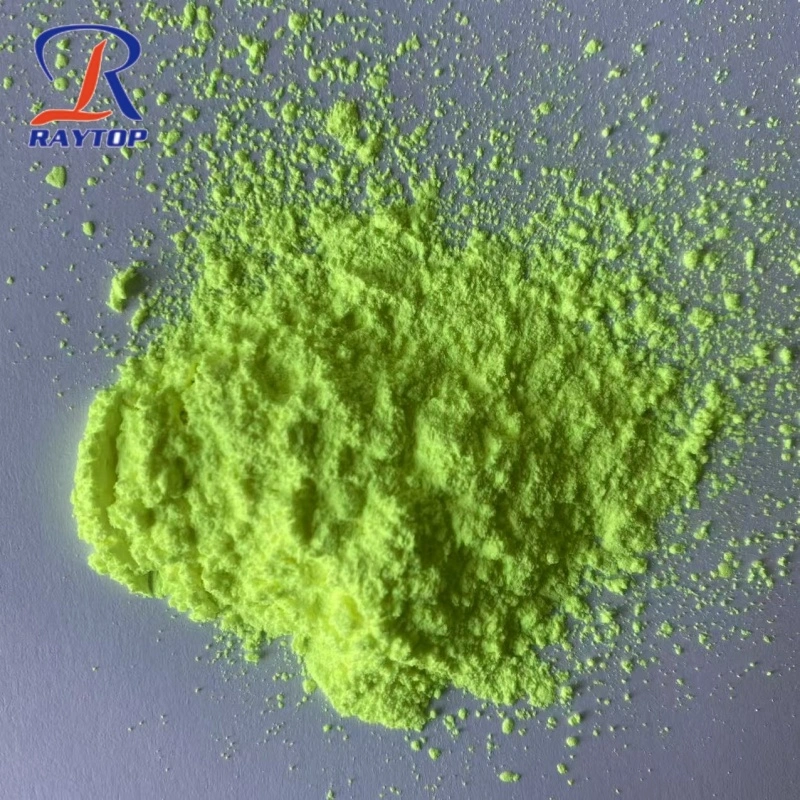
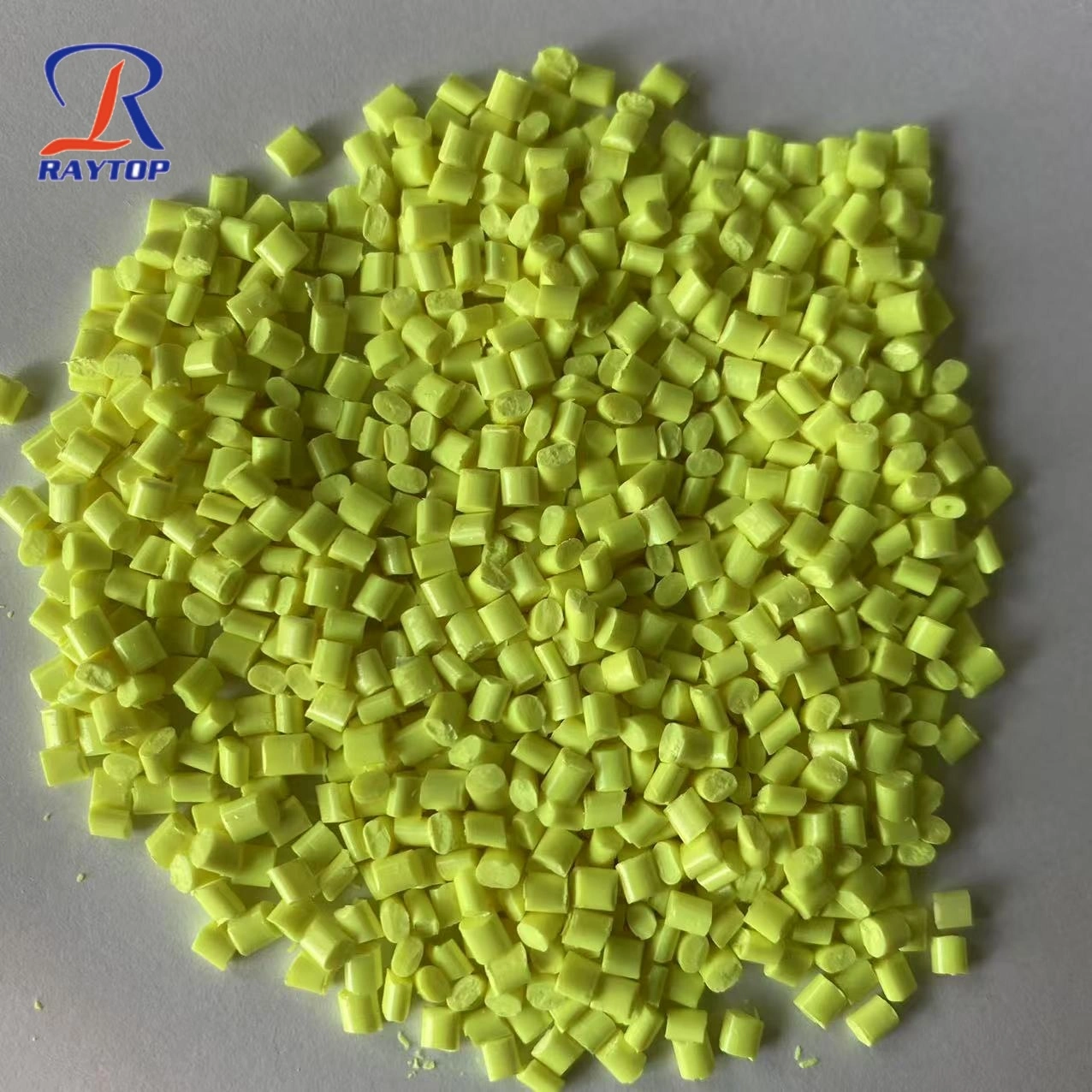
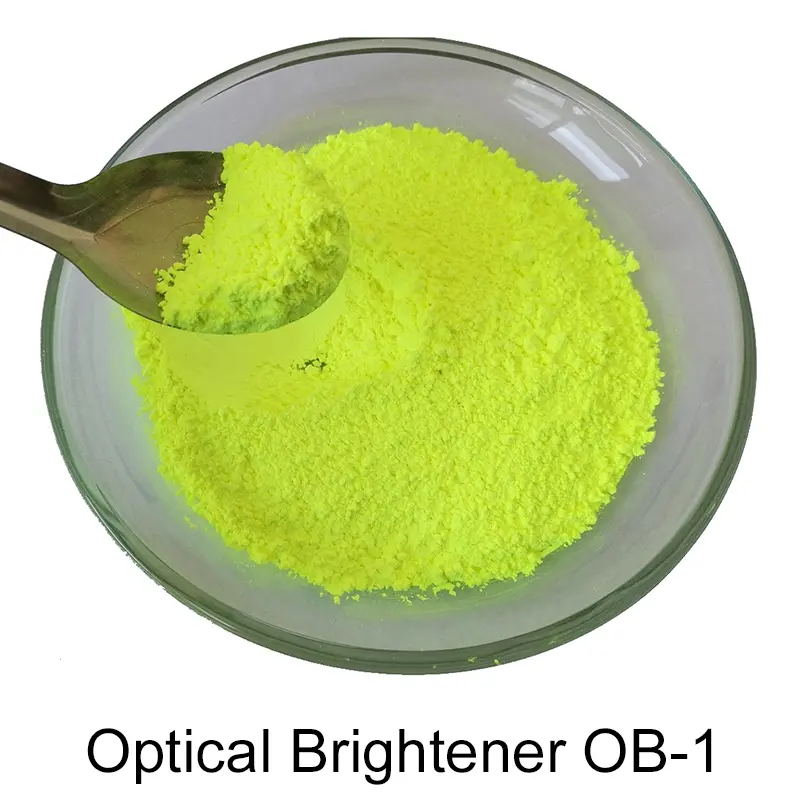
264.jpg)
